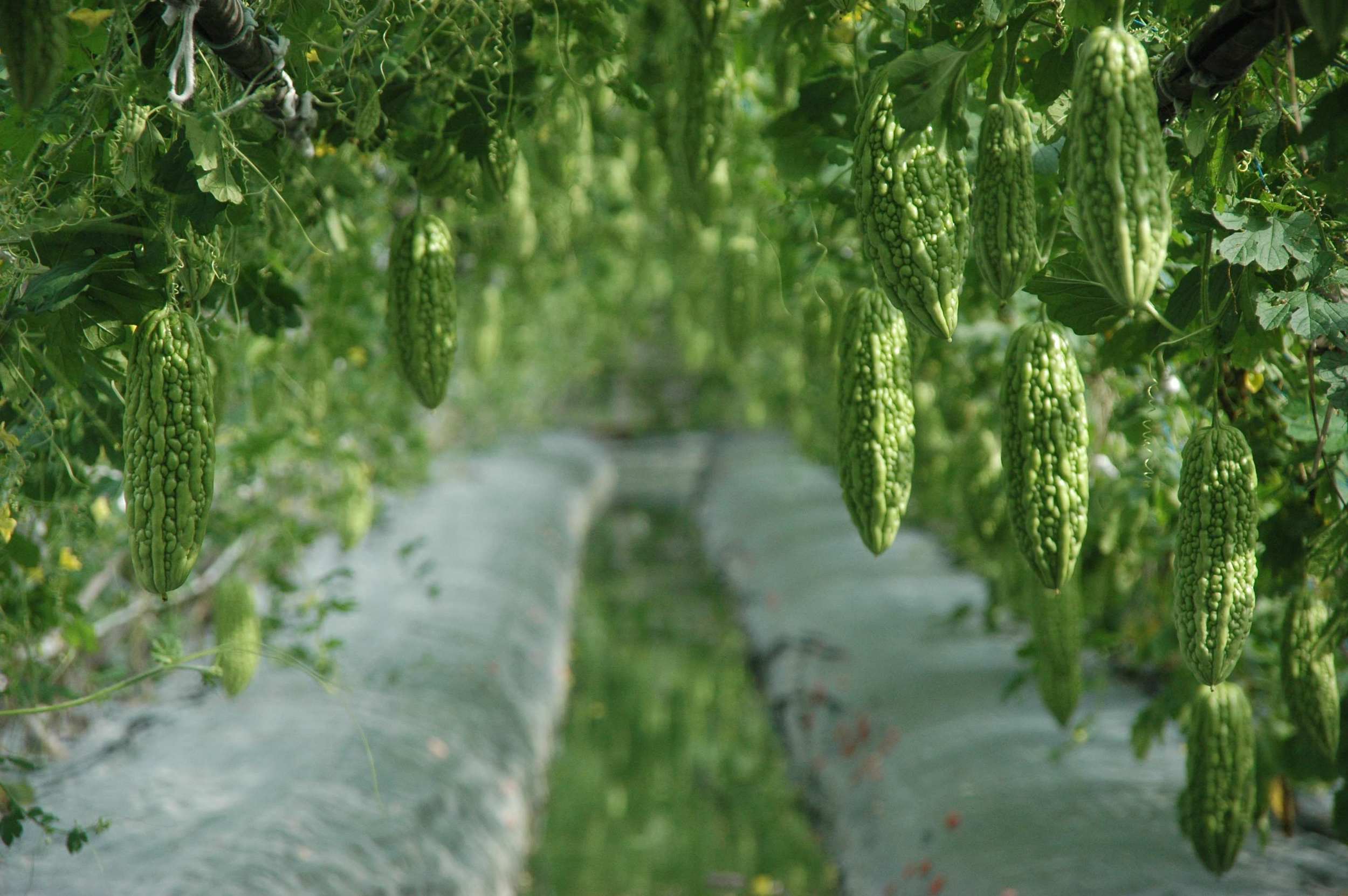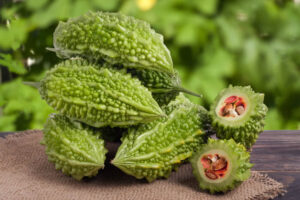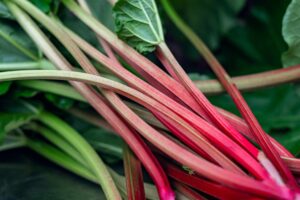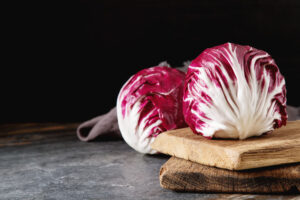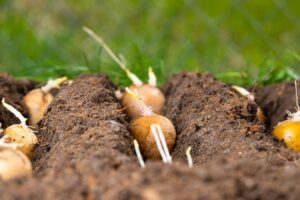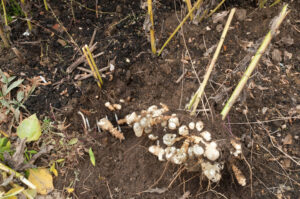How to Grow Bitter Melon: A Complete Guide
Bitter melon (Momordica charantia), also known as bitter gourd or karela, is a unique tropical vegetable that’s gaining popularity in the US market for its distinctive flavor and impressive health benefits. If you’re looking to add this nutritional powerhouse to your garden, you’ve come to the right place. This guide will walk you through everything you need to know about growing bitter melon successfully in your garden, in pots, or even indoors.
What is Bitter Melon?
Bitter melon is a climbing vine from the Cucurbitaceae family, related to cucumbers, squash, and melons. Originally from India and Southeast Asia, it produces elongated, warty fruits with a distinctively bitter taste. The fruit is harvested when green and immature, as it becomes more bitter and turns orange-red when ripe.
According to the USDA Agricultural Research Service, bitter melon is rich in vitamins A and C, folate, and contains compounds with potential health benefits, particularly for managing blood sugar levels.
Growing Conditions for Bitter Melon
Before diving into planting methods, let’s understand what bitter melon needs to thrive:

Climate Requirements
Bitter melon loves warm weather and requires:
- Full sun exposure (6-8 hours daily)
- Temperatures between 75-85°F (24-29°C)
- A long growing season (3-4 months of warm weather)
- Protection from frost and cold temperatures
Soil Requirements
For optimal growth, bitter melon prefers:
- Well-draining soil with plenty of organic matter
- Soil pH between 5.5 and 6.7
- Regular moisture without waterlogging
Starting Bitter Melon from Seed
Seed Preparation
Bitter melon seeds have a hard outer coat that requires special preparation:
- Soak seeds in warm water for 24 hours before planting
- For faster germination, gently file the seed coat or nick it with a knife
- Discard any seeds that float in water, as they may not be viable
When to Plant
Timing is crucial for successful bitter melon growth:
- In warmer southern regions: Plant directly after the last frost date
- In cooler northern regions: Start seeds indoors 4-6 weeks before the last frost date
- Soil temperature should consistently be above 65°F (18°C) for good germination
Direct Garden Planting
Follow these steps for planting bitter melon directly in your garden:
- Prepare soil by incorporating compost or aged manure
- Create 12-inch high mounds spaced 3-4 feet apart
- Plant 3-4 seeds per mound, about ½ inch deep
- Water thoroughly after planting
- Thin to the strongest 2 plants per mound when seedlings reach 3-4 inches tall
- Install a trellis or support structure at planting time
Growing Bitter Melon in Containers
Limited space? No problem! Bitter melon can thrive in containers:
Container Selection
- Choose a pot at least 12-15 inches deep and wide
- Ensure adequate drainage holes
- Five-gallon containers are ideal for a single plant
Potting Mix
Create a nutritious growing medium:
- Mix equal parts garden soil, compost, and perlite
- Add a slow-release fertilizer at planting time
- Consider adding coconut coir to improve water retention
Container Care
Container-grown bitter melon requires special attention:
- Place in a location receiving at least 6 hours of sun daily
- Water more frequently than garden plants, as containers dry out faster
- Support the vine with a trellis, cage, or stake
- Fertilize every 2-3 weeks with a balanced liquid fertilizer
Growing Bitter Melon Indoors
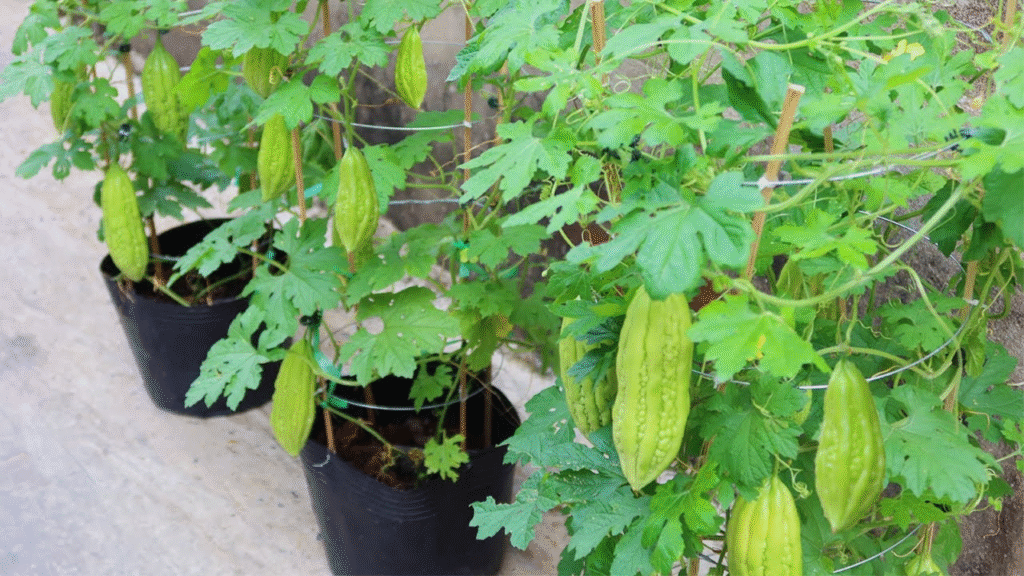
Lighting Requirements
Indoor bitter melon needs:
- A south-facing window with direct sunlight
- Supplemental grow lights if natural light is insufficient (12-14 hours daily)
- Protection from cold drafts
Indoor Setup
For successful indoor growth:
- Use a deep container (minimum 12 inches deep)
- Install a sturdy trellis or support system
- Hand-pollinate flowers since natural pollinators won’t be present
- Maintain temperature between 70-85°F (21-29°C)
- Provide good air circulation to prevent fungal issues
Care and Maintenance
Watering
Proper watering is essential:
- Keep soil consistently moist but not waterlogged
- Water deeply at the base of plants, avoiding wet foliage
- Apply mulch to retain moisture and suppress weeds
- Reduce watering when fruits begin to mature
Fertilizing
Feed your bitter melon plants:
- Apply balanced fertilizer (10-10-10) when planting
- Side-dress with compost or balanced fertilizer when vines begin to run
- Switch to a phosphorus-rich fertilizer (like 5-10-10) when flowering begins
- Avoid excessive nitrogen, which promotes leaf growth at the expense of fruit
Trellising and Support
Bitter melon vines need support:
- Install a trellis, fence, or arbor at least 6 feet tall
- Guide young vines to the support structure
- Use soft ties to secure vines without damaging stems
- Vertical growing improves air circulation and fruit quality
Common Pests and Diseases
| Pest/Disease | Symptoms | Treatment | Prevention |
|---|---|---|---|
| Cucumber Beetles | Small yellow beetles with black stripes or spots; chew holes in leaves and spread bacterial wilt | Neem oil; insecticidal soap; row covers | Crop rotation; remove plant debris |
| Aphids | Clusters of tiny insects on stems and leaves; leaves curl and yellow | Strong water spray; insecticidal soap; ladybugs | Reflective mulch; companion planting |
| Powdery Mildew | White powdery coating on leaves | Sulfur-based fungicides; milk spray (1:10 ratio with water) | Good air circulation; avoid overhead watering |
| Fusarium Wilt | Yellowing leaves; wilting despite adequate water | No cure; remove and destroy infected plants | Resistant varieties; crop rotation; soil solarization |
| Downy Mildew | Yellow patches on leaf tops; gray mold underneath | Copper fungicides; improved air circulation | Morning watering; adequate spacing |
Harvesting Bitter Melon

When to Harvest
The timing of harvest significantly affects flavor:
- Harvest when fruits are 4-6 inches long for Chinese varieties, 6-8 inches for Indian varieties
- Pick when fruits are still firm and green with crisp ridges
- Harvest before the skin turns yellow or orange (when it becomes too bitter)
- Typically, fruits are ready 12-16 weeks after planting
How to Harvest
Proper harvesting technique ensures continued production:
- Use a sharp knife or pruners to cut the fruit from the vine
- Leave a short stem attached to the fruit
- Harvest regularly (every 2-3 days) to encourage more production
- Pick in the morning when temperatures are cooler
Bitter Melon in the US Market
Bitter melon’s popularity is growing in the US due to:
- Increasing cultural diversity and interest in international cuisines
- Rising demand for functional foods with health benefits
- Growing awareness of its potential medicinal properties
- Expanding presence in farmers’ markets and specialty grocery stores
According to the USDA National Agricultural Statistics Service, specialty crop production, including bitter melon, has seen steady growth in recent years as American consumers seek more diverse produce options.
Saving Seeds
To continue growing bitter melon year after year:
- Allow a few fruits to fully mature on the vine until they turn orange-red
- When the fruit splits open naturally, collect the seeds with their red arils
- Clean the seeds by removing the red coating
- Dry thoroughly for 1-2 weeks on a paper towel
- Store in a cool, dry place in an airtight container
Conclusion
Growing bitter melon requires some attention to detail, but the rewards are well worth the effort. Whether you’re cultivating it in your garden, in containers, or indoors, this versatile vegetable offers unique flavors and impressive health benefits. By following the guidelines in this article, you’ll be well on your way to successfully growing your own bitter melon crop.
Remember that patience is key—give your plants the warm conditions they crave, provide proper support for their vigorous vines, and harvest at the right time for the best flavor. Before long, you’ll be enjoying this distinctive vegetable straight from your own garden.
For more information on growing specialty crops in your region, contact your local USDA Cooperative Extension Office, which can provide region-specific growing advice and resources.
